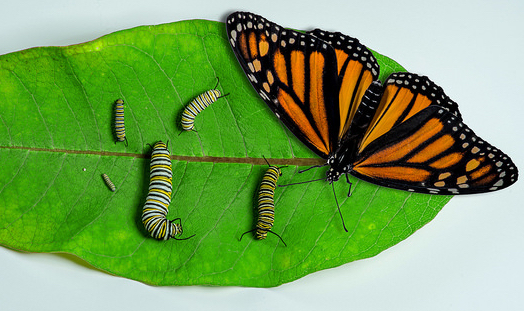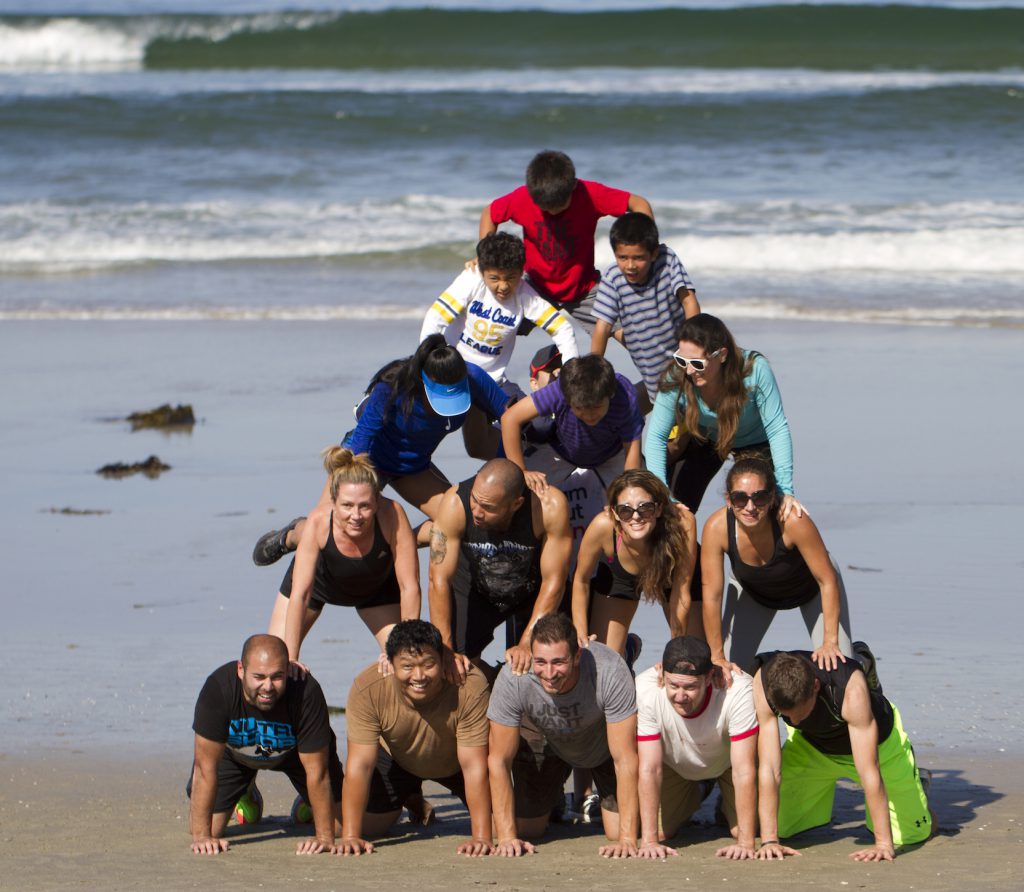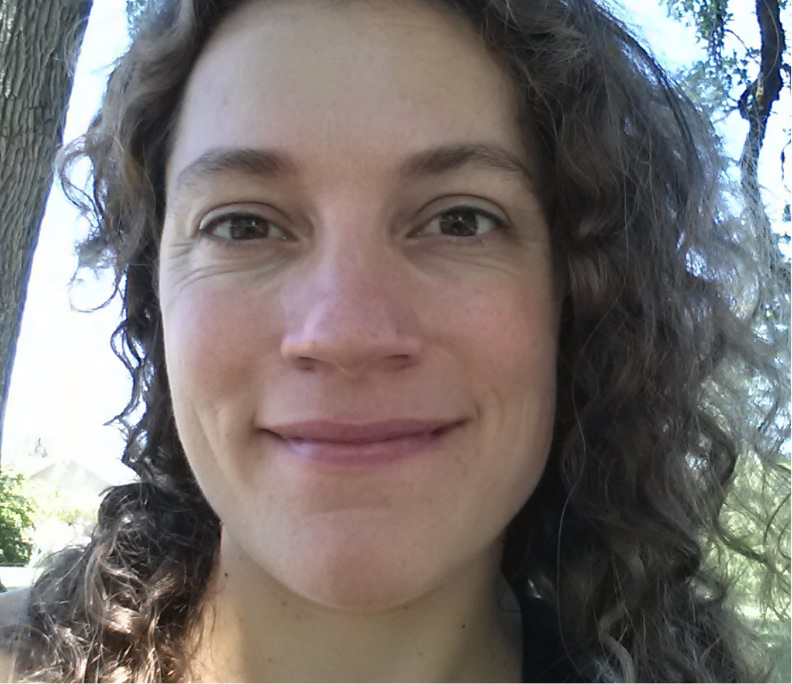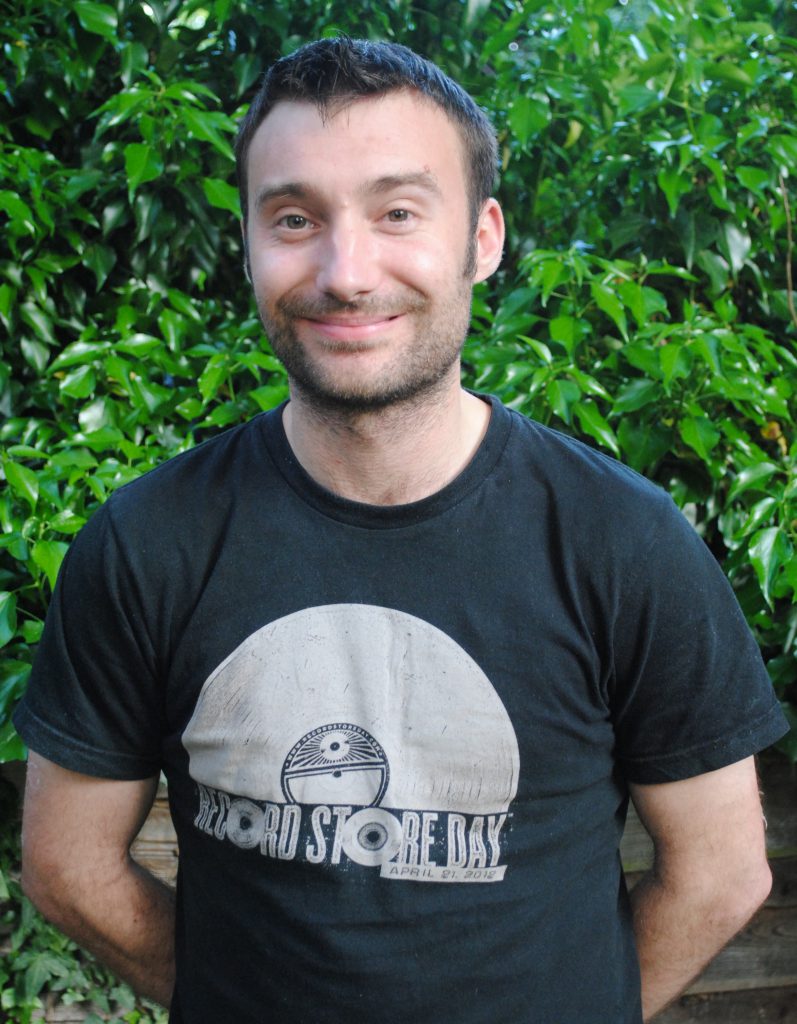We’re now mid-way through the first year of the AAAS Community Engagement Fellows Program (CEFP), funded by the Alfred P. Sloan Foundation. The first cohort of Fellows is made up of 17 scientific community managers working with a diverse range of scientific communities. As they continue to develop their community engagement skills and apply some of the ideas and strategies from their training, the Fellows will report back on the blog, sharing their challenges, discoveries, and insights. Today, Fellow Stefanie Butland shares her experience welcoming new members to her community.
Posted by Stefanie Butland, Community Manager at rOpenSci, – Open Tools for Open Research
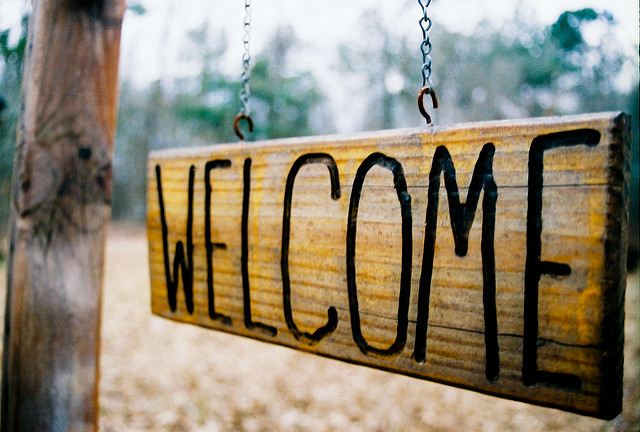
In my training as a AAAS Community Engagement Fellow, I hear repeatedly about the value of extending a personal welcome to your community members. This seems intuitive, but last week I put this to the test. Let me tell you about my experience creating and maintaining a #welcome channel in a community Slack group.

